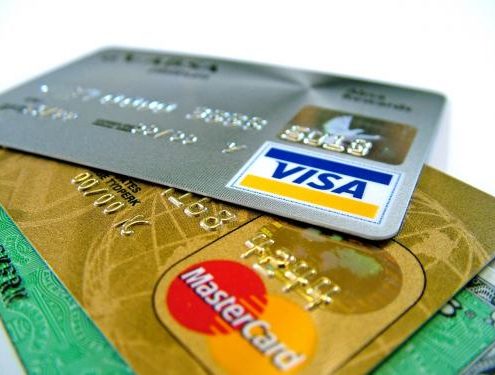School Is Almost Back in Session, So It’s Time to Get Involved With Cent$ible Kid$
By Jorge Santiago
It’s never too early to teach your kids the importance of saving their money. But, in fact, many children get to high school lacking the financial knowledge necessary to navigate the next chapters in their lives.
Understanding this, The Milford Bank launched its Cent$ible Kid$ program in 2008. We envisioned that the program would help young kids realize the importance of saving their money. To help engrain that message, we visit students in Milford and Stratford elementary schools and show themhow to open a savings account—it’s like a piggy bank, but secure and more measurable.
“We think it’s important to teach kids to regularly save their money for a worthwhile purpose, like something special they want, rather than just asking [their parents] for it,” explains Bob Russo, a vice president and manager who works out of our Broad Street office. “It’s about choices: They have to decide how to spend their money. We believe it promotes good behavior.”
Whether the students deposit 10 cents or $20 a week doesn’t matter to us. Rather, we’re more interested in encouraging the thrifty behavior. And that’s why we give each child a $1 bonus after making five deposits. After making eight deposits, we give them a $1 gold coin, too.
Right now, there are over 500 kids in the program, according to Russo.
In addition to encouraging the youth to open savings accounts, we also educate them on a variety of bank-related topics including the Federal Deposit Insurance Corporation, the U.S. Mint, interest rates and more.
Since school is almost back in session, now is the perfect time to teach your kids about the importance of saving their money. We believe that Cent$ible Kid$ is a program that will help do that.



